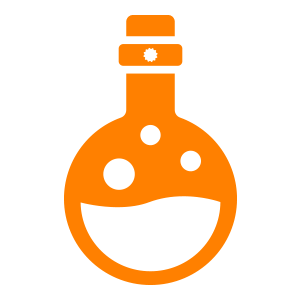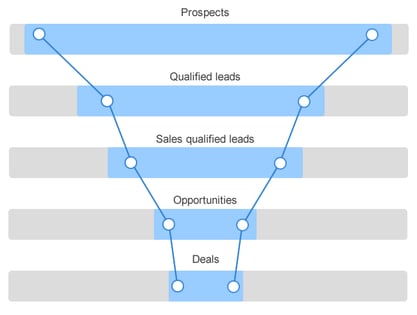
With global revenues for SaaS software predicted to reach $106 billion in 2016, there’s no question that this space is experiencing unprecedented growth and opportunity. As such, it’s critical that B2B SaaS companies take advantage of the industry’s gains now to avoid being edged out by the competition.
This requires acquiring as many high-quality leads, users, and customers as possible – which can be accomplished by focusing on and improving your demand generation efforts.

At the core, demand generation is about driving awareness and interest in your company’s offerings. And when done correctly, it can fill your pipeline with qualified prospects, drive revenue, acquire new customers, and ensure your company’s long-term profitability.
Here’s how to get started:
Buyer personas are representations of your ideal customers based on the research and data you have about your current buyers. Stronger B2B buyer personas lead to optimal targeting and superior content because they ensure that your messaging resonates with your audience.
To create these personas, you’ll want to collect demographics, titles/roles, pain points, challenges, and goals for the various “types” of customers you most frequently sell to. To gather this information, we recommend talking to your existing customers and sales team to get an idea of what motivates your target audience to purchase. From there, name each buyer persona and create messaging points, FAQs, and high-level content to meet their unique needs.

Gated content is a piece of premium, branded content that visitors can only access if they fill out a form and provide their contact information, job title, location, company name, etc. Once the visitor gains access to the content, your company can use the provided information to nurture them with targeted communications designed with their interests and pain points in mind.
This is a critical step for B2B SaaS companies because B2B buyers tend to take their time researching and considering their options before purchasing. Your content can help them through this process while positioning your company as a trusted partner and advisor.

Valuable, well-designed content is core to results-driven SaaS marketing campaigns--content like an e-book, webinar, datasheet, white paper, or case study. From there, make it shareable via social media, enlist your advocates and influencers to spread the word, and feature it prominently in your newsletters and on your website to make sure your target market knows this content is available.
Unlike other consumers, B2B buyers rarely make impulse purchases. Rather, there’s quite a bit of research involved. As such, it’s important to have all the information leads need to make a purchasing decision right on your website.
Using compelling language, tell buyers exactly how your service will solve their problems. What do you offer that sets you apart from the competition? How will your customers benefit from your service?
Get prospects excited about how your offering can help them achieve their business objectives, and you’ll inevitably increase the number of quality leads in your pipeline.

To ensure your content is resonating with your target audience, you need to figure out what messaging is most effective. That’s where marketing data comes into play.
To get started, measure clicks, cost-per-lead, cost-per-opportunity, and return on investment. Evaluate all of these metrics as a whole to determine what content is helping your bottom line the most.
For example, you may find that even though a particular keyword has a higher cost per lead, it converts more effectively than the others, thus resulting in increased revenue and a better return on your investment. Information like this is invaluable because it allows you to make data-backed decisions and improvements moving forward.

With a strong lead nurturing strategy, you can avoid wasting valuable, high-quality leads simply because they aren’t quite ready to purchase. With lead nurturing, leads who aren’t ready to buy are not directed to sales or sent generic email messages. Rather, they are nurtured with relevant content designed to build the relationship, provide them with value, and ensure that when they are ready to buy, your company wins their business.
To do this effectively, you’ll need to track your leads’ behavior, web activity, and demographics, as well as segment them for targeted email marketing and content campaigns that are designed with their specific goals, challenges, and pain points in mind.
SOURCES:
by Jonathan Franchell, CEO of Ironpaper - For more tips and hacks: Need to remove a new line after h1 tags? Both web designers and SEO practitioners need to employ headline tags: H1, H2, H3 in several ways to improve web page structure and tag...

The Crowded Arena of the IT Marketplace Updated December 2024 The Information Technology (IT) landscape is experiencing rapid growth and intensifying competition. IT spending is projected to reach nearly 5.1 trillion U.S. dollars in 2024, a...

Updated December, 2024 The field of digital marketing is evolving rapidly in response to new technology and changing buyer expectations. To help career-minded marketers, we’ve rounded up the top 10 skills needed to succeed in the field. These are...
